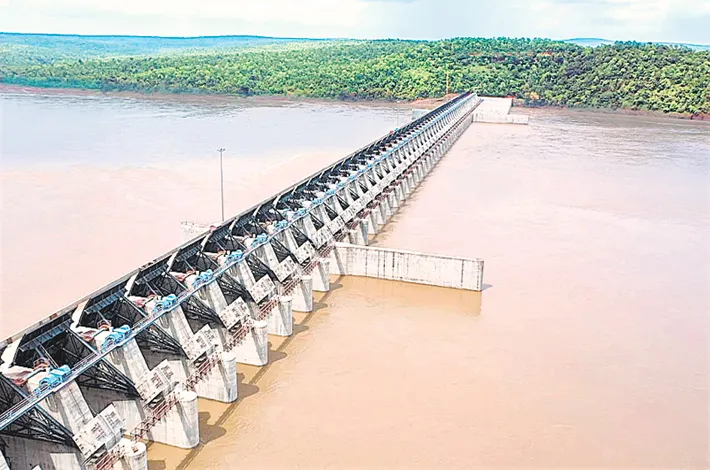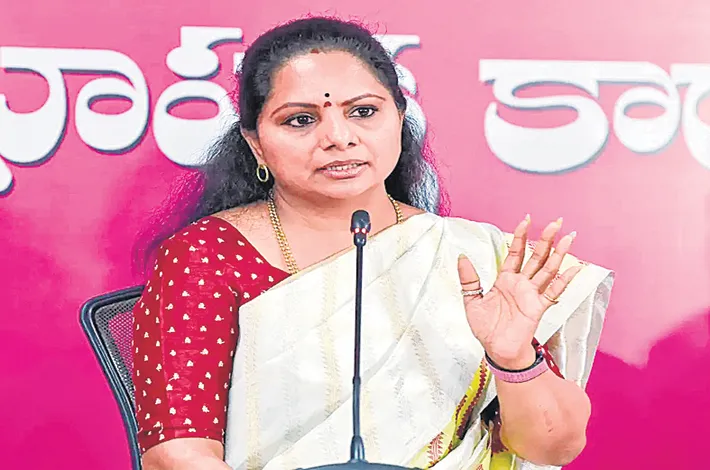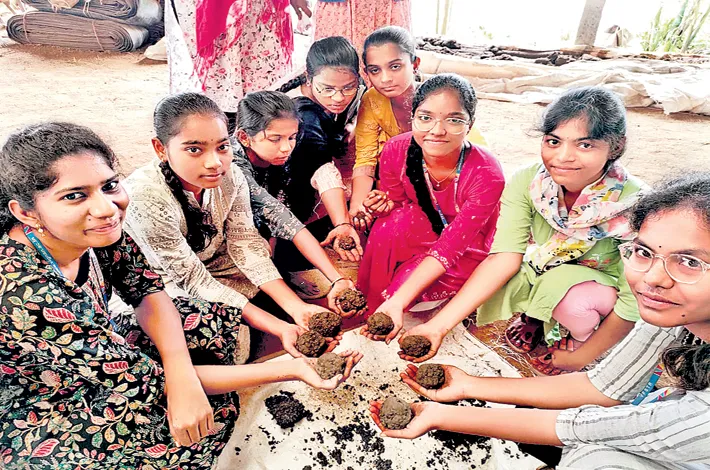Of caste identity and reservation policies
23-06-2025 12:00:00 AM

■ BJP slammed Lalu Yadav over a viral Ambedkar photo
■ Congress defended its legacy using Ambedkar’s own words.
■ Opposition hit BJP over non-implementation of Article 15(5).
■ Analysts say Dalit and EBC votes will decide the election.
■ Experts believe real issues outweigh symbolic controversies.
■ Reservations in Private Institutions under Article 15(5): Not implemented in Bihar
■ Muslim Reservation in Andhra Pradesh: 4% under NDA rule
■ Current Reservation Cap: 50%, not yet challenged or revised by Centre
As Bihar heads toward its crucial assembly elections, a fierce political clash has emerged between the ruling NDA and the opposition INDIA bloc over caste identity, reservation policies, and the legacy of Dr. B.R. Ambedkar. The BJP, led by Prime Minister Narendra Modi, has launched a high-voltage campaign centered on Ambedkar’s vision for social justice, while accusing the opposition—especially the Rashtriya Janata Dal (RJD) and Congress—of undermining his contributions to the Constitution and disrespecting Dalit sentiments. In response, the opposition has hit back with historical records and policy critiques, highlighting what it calls the BJP’s hypocrisy on caste welfare and social inclusion.
The latest flashpoint emerged after a viral image allegedly showed RJD patriarch Lalu Prasad Yadav with a framed portrait of Dr. Ambedkar placed near his feet during a party event. The BJP was quick to seize upon this as a symbol of what it called the INDIA bloc’s “deep-seated disregard” for Dalit leaders and constitutional values. BJP spokesperson Shehzad Poonawalla claimed the image reflects the character of both the RJD and Congress, who he accused of promoting “jungle raj” and feudal politics over Ambedkarite principles. He argued that the opposition’s focus on Muslim reservations, which are not constitutionally mandated under Ambedkar’s framework, reveals their political opportunism.
Poonawalla further drew on Ambedkar’s personal and political journey to reinforce the BJP’s attack. He cited Ambedkar’s resignation from Jawaharlal Nehru’s cabinet over the Congress’s reluctance to pass the Hindu Code Bill, Congress’s failure to ensure Ambedkar’s electoral victories, and the delay in awarding him the Bharat Ratna. These instances, he argued, show a historical pattern of Congress undermining Ambedkar. “Those who once stood against Ambedkar are now invoking his name for electoral gains,” Poonawalla said.
The opposition, however, has not remained silent. Congress leader Mahima Singh defended her party’s legacy, reminding that Ambedkar himself acknowledged the Congress’s support for the Constitution’s passage. She cited Ambedkar’s own speech in the Constituent Assembly in 1949, where he praised the Congress leadership for allowing smooth functioning of the drafting process without political interference. Singh accused the BJP of distorting history and overlooking its own record of opposing reforms that Ambedkar stood for. “The same BJP which opposed the Hindu Code Bill now lectures us on Ambedkar’s values,” she remarked.
Singh also raised sharp questions about the BJP’s commitment to Dalit welfare. She pointed out that despite the NDA ruling Bihar for over 11 years, the state has not implemented Article 15(5), which allows for reservations in private educational institutions.
Additionally, she highlighted that the 50% reservation ceiling, imposed by the Supreme Court, has not been lifted or challenged by the central government despite repeated demands from backward class organizations. The Congress also questioned the BJP’s stance on Muslim reservations, particularly the 4% quota for Muslims in Andhra Pradesh, which was introduced during an NDA government but is now being criticized by BJP leaders in Bihar.
Beyond the war of words, the underlying strategy is clear: both alliances are aggressively trying to consolidate their caste bases, particularly among Dalits, Mahadalits, OBCs, and EBCs. According to the recently conducted caste survey in Bihar, Dalits form nearly 20% of the population—15% Mahadalits and 5% Paswans.
Traditionally, Mahadalits have supported the NDA, especially the JD(U) under Chief Minister Nitish Kumar, due to welfare schemes like land distribution and housing. On the other hand, Paswans have largely aligned with the Lok Janshakti Party (Ram Vilas), currently led by Chirag Paswan, who remains part of the NDA.
The opposition is relying heavily on its promise of a nationwide caste census and a redistribution of welfare schemes based on population data. This has found traction among OBCs and EBCs, who together make up over 50% of Bihar’s population, including 36% EBCs. The RJD-Congress alliance believes that highlighting economic disparities and structural exclusion can help them build a new social coalition of backward classes and Dalits, countering the BJP’s Hindutva narrative.
Political analysts believe the BJP’s recent turn toward Ambedkarite rhetoric marks a significant strategic shift. While the party has traditionally relied on upper caste votes and religious polarization, it is now actively trying to appeal to marginalized groups by invoking Ambedkar and targeting the opposition’s “dynastic and casteist” politics. Political observer Amitab Dari noted that the 2020 elections saw both the NDA and the opposition securing roughly 37% of the vote share, indicating a highly competitive field. “The Dalit and EBC vote could be the decisive swing factor. Both alliances are crafting their campaigns to tap into this crucial voter base,” Dari said.
Veteran journalist Rashid Kidwai, however, cautioned against overestimating the impact of symbolic controversies like the Ambedkar photo. “Voters in Bihar are politically mature. They care more about job quotas, access to education, and tangible development than photo ops or viral images,” he said. Kidwai added that the real contest will be fought on the ground realities of caste census data, reservation ceilings, and welfare delivery.
As campaigning intensifies, both the BJP and the INDIA bloc are sharpening their messaging—one invoking Ambedkar to assert constitutional commitment, and the other promising structural reforms through data-backed caste justice. Bihar, historically a laboratory of caste politics, may now become the testing ground for a new national realignment.
-Compiled by Deepak & Ekalavya








